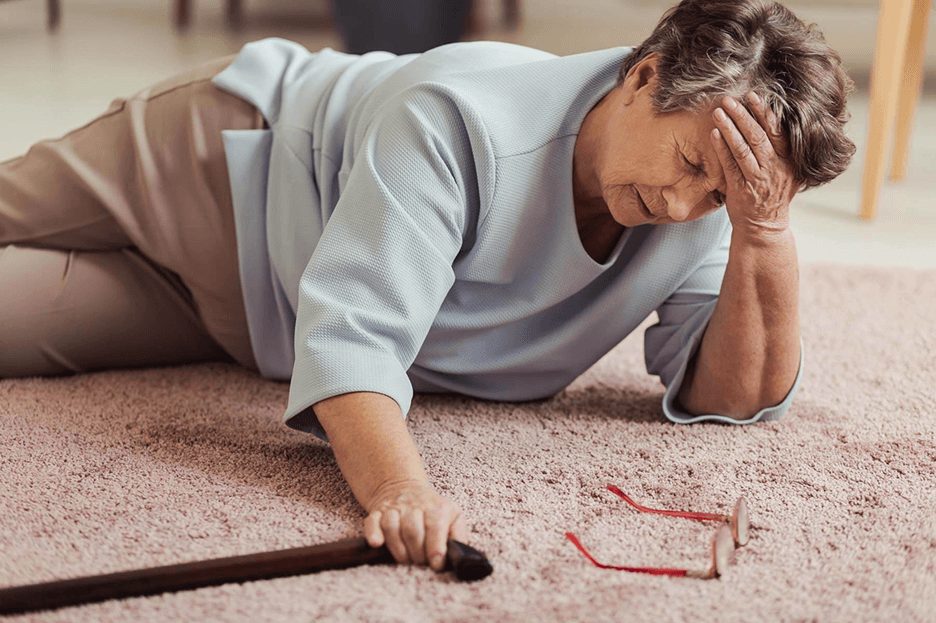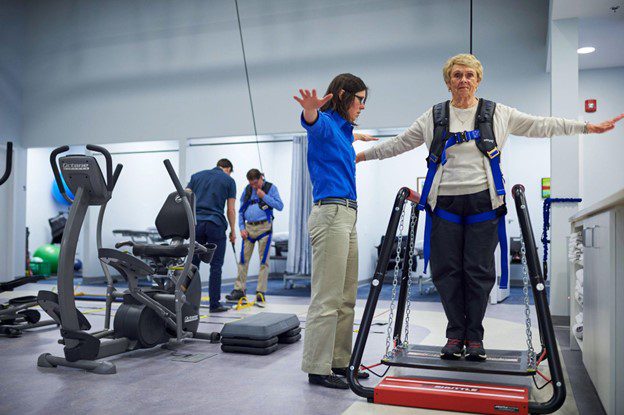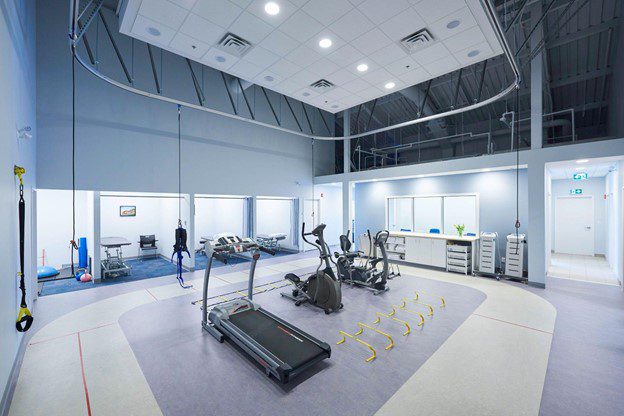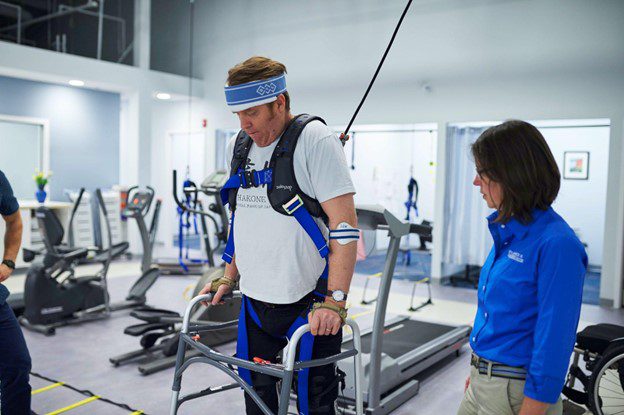Preventing Patient Falls: Strategies to Keep Your Patients Safe

Each year, millions suffer from dangerous falls. Patient safety is one of the most significant challenges for hospitals, physical therapists, nurses, and anyone who assists fall-risk patients. Fall prevention during physical therapy and rehabilitation is not just a protocol; it’s a commitment to ensuring the well-being of every individual under your care. In this guide, we will dive deep into the strategies, techniques, and best practices aimed at preventing patient falls and enhancing the safety of your fall-risk patients.
Quick Facts About Patient Falls
According to the CDC:
- One out of five falls causes a serious injury, such as broken bones or a head injury
- 3 million older people are treated for falls in emergency departments every year
- More than one out of four older people fall each year
- Falls are the most common cause of traumatic brain injuries
- Over 800,000 patients a year are hospitalized because of a fall injury
These facts prove that patient safety is essential during physical therapy and rehabilitation. One patient fall can result in pain and suffering for the individual and their family, emotional distress from the therapist, and a worsened reputation for the facility.
Identify Your Fall Risk Patients

The first step in implementing an effective fall prevention strategy is identifying your patients who are at a fall risk. According to MedlinePlus, there are many factors that increase the risk of falling, including:
- Individuals with mobility issues and balance or vestibular disorders
- Patients who suffer from chronic illnesses that increase their risk of falling
- Patients who live with impaired vision, causing balance issues
- Individuals who take certain medications with side effects that include a loss of balance, dizziness, or other symptoms that increase their risk of falling
- Individuals who are 65 and older
- And more
Provide Tailored Care for Your Fall-Risk Patients

Once fall-risk patients are identified, it is important to implement tailored care approaches. This means personalized care plans that focus on enhancing patient safety. These plans involve comprehensive assessments, mobility evaluations, and careful monitoring. Healthcare professionals should work closely with patients to understand their specific needs, and to ensure that these fall prevention interventions are precisely tailored to individual requirements.
Modify Your Environment

Creating a safe physical environment is paramount in preventing falls in hospitalized patients or during rehabilitation. Your facility should invest in the following to significantly reduce the risk of falls:
- Non-slip flooring
- Proper lighting
- Handrails in hallways and bathrooms
- Assistive devices
Ensure that your facility is safe by removing clutter such as equipment like cones and obstacles, electrical wires, or anything that a patient could trip over while not in use. These modifications can significantly reduce the risk of falls and create a secure space for your patients to recover.
Use Assistive Devices and Technologies

Assistive devices and cutting-edge technologies play a pivotal role in fall prevention. Some devices that can help prevent patient falls include:
- Bed alarms
- Wearable sensors
- Smart monitoring systems
- Overhead fall prevention systems like the Solo-Step
These devices can help prevent falls, or warn healthcare providers in real time if they attempt to leave their bed.
Implement Staff Training and Education
An educated and vigilant staff is the cornerstone of successful fall prevention in hospitals and physical therapy facilities. Regular training sessions ensure that your staff is well-versed in identifying fall-risk patients and implementing preventive measures. Your facility should have training on:
- Noticing, reporting, and reducing potential hazards around your facility
- The proper use of safety and fall prevention equipment
- Regular surveillance of slip hazards such as floor clutter, spills, poor lighting, and improper use of safety equipment
- Monitoring and assistance of high fall-risk patients
- Recognizing the importance of preventing falls
- How to identify common risk factors
- Action following a fall incident
Your facility and staff should engage in continuous monitoring and improvement to ensure the safety and effectiveness of your existing protocols. Regular audits and feedback will help you identify areas for improvement, ensuring that patient safety remains a top priority in your facility.
Spread Awareness Throughout Your Community
Preventing falls extends beyond your facility’s walls. Community engagement and awareness initiatives are launched to educate the public about fall risks and prevention strategies. Consider events such as:
- Workshops
- Seminars
- Informational campaigns
- Etc.
These events empower individuals and families to take proactive measures to prevent falls in those who may have a higher risk.
Preventing patient falls is not the responsibility of healthcare providers alone; it’s a collective effort between your staff, patients, family members, and the community at large. By fostering a culture of safety, staying vigilant, and embracing innovative technologies, your facility can create an environment where the risk of falling is minimized, and your patients can heal and recover with confidence and security.
To learn more about the Solo-Step Fall Prevention Overhead Track & Harness System, click the button below!